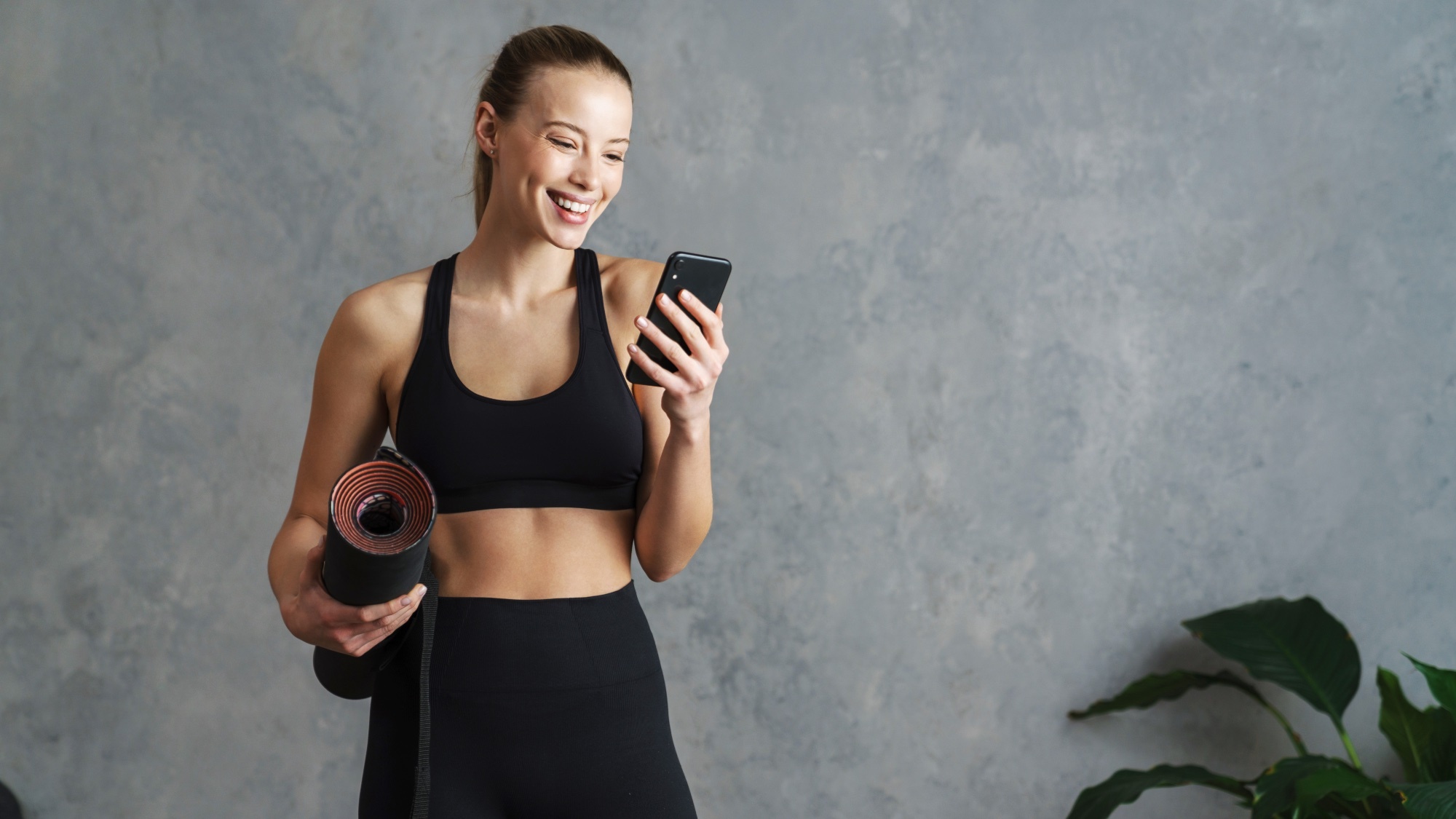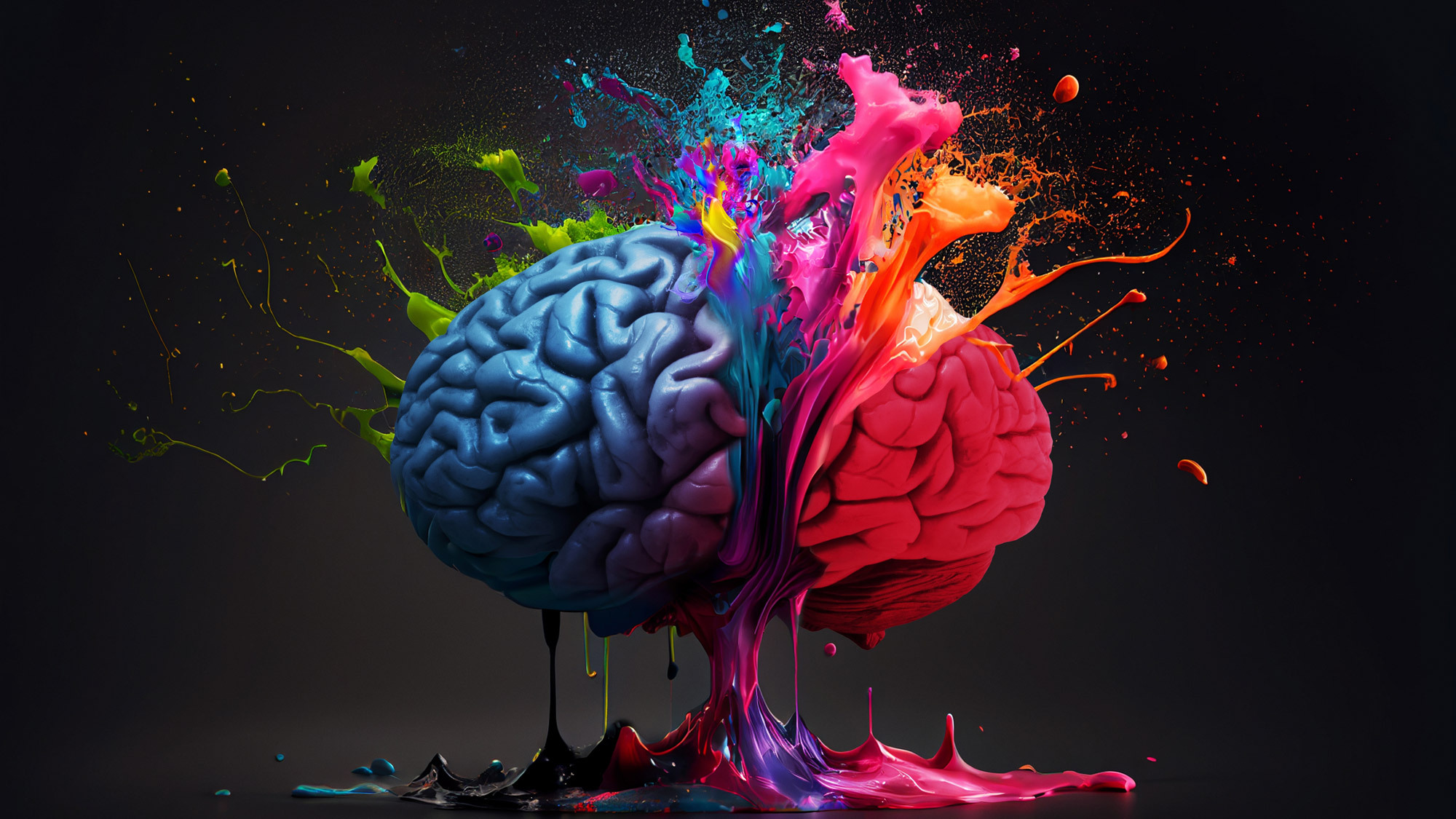
People are buzzing over ChatGPT and its potential to create, well, just about anything. In seconds, the AI chatbot appears capable of writing a sonnet, website content, or even detailed workout plans, so it’s no surprise that people are jumping in two-footed to embrace it.
If AI technology is still boggling your mind, our guides on ChatGPT explained and how to use ChatGPT will help you get started. Microsoft and Google are already embracing the GPT language model, and it won’t be long before we see integration even more widely. But what does this mean for the fitness industry?
I’ll admit it — I have some reservations. Fine, I’m a personal trainer, and I might be biased. But fitness trainers and sports coaches have already documented how impressed they are with bot-created workout plans, claiming it programs “better than some personal trainers can.”
I decided to try ChatGPT, asking the AI model to build me a four-week leg program to build muscle and strength. Here’s what happened.
I asked ChatGPT to build a four-week leg program to build muscle and strength — but here’s what it missed
I was curious. Could ChatGPT understand exercise and deliver a tailored program better than I could? Here’s what I learned.
1. It started basic
I started with a simple request —
“Build me a four-week leg workout program.” And just like that, I had one. It gave me two new programs per week broken down into four exercises per session, including sets and reps. ChatGPT even added, “here’s a four-week leg workout program that targets the major muscle groups of the lower body. Remember to warm up properly and gradually increase the weight as your strength improves.” The bot told me to include 1-2 minutes of rest between sets and exercises, aiming to complete each workout within one hour.
Sign up to get the BEST of Tom's Guide direct to your inbox.
Get instant access to breaking news, the hottest reviews, great deals and helpful tips.
Okay, not bad.
But here was my immediate problem — workout programs are tailored to individuals, which means trainers will spend a decent chunk of time building a complete picture of their clients, including their weight, age, sex, fitness levels, goals, and more. Exercises are then further tailored for any existing injuries with progressions, regressions, and load recommendations added. And then they’ll create a structured, periodized program that accounts for developments in ability, strength, and muscle over time (called progressive overload), and that information changes from client to client.
So where was the personal approach? I fed it more information.
2. You need to know what to ask
This time, I fed ChatGPT details like sex, age, weight, and height, adding that I needed loading, weight, and rest day recommendations. I also reiterated my aim to build glute strength and muscle in my lower body. As I fed the bot more information, the better the programming got.
ChatGPT powered out an impressive leg-day program, including a week of foundation building, muscle groups targeted, the type of weight to use, and the percentage of one rep max (1RM) to work at, then advising to increase volume on week two and add intensity on week three.
Here’s the thing. You need to know what to ask and what the answers mean, and that requires existing knowledge from the person asking the questions — more likely coaches or advanced exercisers than beginners.
If you don’t ask, you don’t get, and this could significantly increase the likelihood of developing poor form and getting injured through no fault of the exerciser. After all, a bot isn’t able to watch you work out (yet). Interestingly, ChatGPT also told me to “consult a qualified fitness professional before starting any new exercise program to ensure it's appropriate for individual needs and goals.”
3. There's a scary amount of potential
There’s so much potential with ChatGPT. I’m in no doubt that (over time) some of the best fitness trainers, sports coaches, and athletes could feed into the model and teach it to offer a next-level fitness service. Soon, I’m sure you could even tailor programs to your menstrual cycle, sleep habits or diet. My problem remains that although you could request a full-body workout, strength program, or Pilates ab workout, ChatGPT can’t yet deliver the uniquely in-depth and individualized service that a fitness trainer or coach could.
4. Personal trainers are safe — for now
While learning how to build a workout program is relatively simple, the intricacies of executing, adapting, and progressing matter. For example, correcting exercise form or adapting an exercise based on the person's movement quality that they’re unaware of. While I’m under no illusion that ChatGPT has taken over the coach role, here’s the question — could it?
Verdict
ChatGPT never claimed PT stands for “personal trainer,” but it’s somewhat doing the job. However, fitness professionals have all developed their knowledge, strengths, weaknesses, and styles. Clients aren’t just paying for a personal trainer but the skills they offer — helping you develop, adapt and learn safely from the ground up.
Great exercise programs come from asking the right questions to your clients. That said, many people can’t access a gym or personal trainer, and exercise and advice should be accessible to anyone. I just hope the advice handed out is the good kind. If you need a quick gym workout, this program will produce results, but I don’t doubt that AI could, and will, learn to deliver better workout programs fast. It just won’t call you out to work harder.
If you’d like to access fitness content, try the 5 best kettlebell exercises for beginners, these are 6 essential exercises for building full-body strength, and you only need these 5 core dumbbell exercises to develop muscle mass, strength, and power. You can also learn how to run a 5k here.

Sam Hopes is a level 3 qualified trainer, level 2 reiki practitioner and senior fitness writer at Tom's Guide. She is also currently undertaking her Yoga For Athletes training course. Sam has written for various fitness brands and websites over the years and has experience across brands at Future such as Live Science, Fit&Well, Coach, and T3.
Having worked with fitness studios like F45 and Virgin Active, Sam now primarily teaches outdoor bootcamps, bodyweight, calisthenics and kettlebells. She also coaches mobility and stretching-focused classes several times a week and believes that true strength comes from a holistic approach to training your body.
Sam has completed two mixed doubles Hyrox competitions in London and the Netherlands and finished her first doubles attempt in 1:11.
